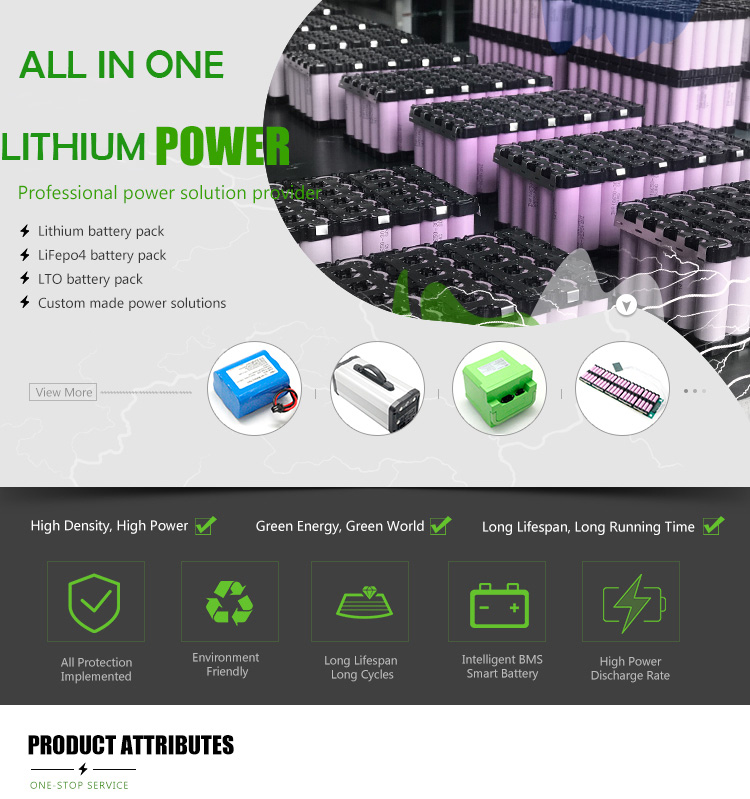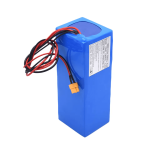Safety is a full-fledged design feature with lithium batteries, and for good reason. As we’ve all seen, the chemistry and energy density that allows lithium-ion batteries to work so well also makes them flammable, so when the batteries malfunction, they often make a spectacular and dangerous mess.
සියලුම ලිතියම් රසායන විද්යාව සමාන ලෙස නිර්මාණය වී නොමැත. ඇත්ත වශයෙන්ම, බොහෝ ඇමරිකානු පාරිභෝගිකයින් - ඉලෙක්ට්රොනික උනන්දුවක් දක්වන අය පසෙකට වී ඇත්තේ - සීමිත පරාසයක ලිතියම් විසඳුම් සමඟ පමණි. වඩාත් සුලභ අනුවාදයන් කොබෝල්ට් ඔක්සයිඩ්, මැන්ගනීස් ඔක්සයිඩ් සහ නිකල් ඔක්සයිඩ් සංයෝග වලින් සාදා ඇත.
පළමුව, අපි කාලයට පසුපසට යමු. ලිතියම්-අයන බැටරි වඩාත් නව්යකරණයක් වන අතර එය පසුගිය වසර 25 තුළ පමණ පවතී. ලැප්ටොප් සහ ජංගම දුරකථන වැනි කුඩා ඉලෙක්ට්රොනික උපකරණ බල ගැන්වීමේදී වටිනාකමක් ඇති බව ඔප්පු වී ඇති හෙයින් මේ කාලය තුළ ලිතියම් තාක්ෂණය ජනප්රිය වී තිබේ. එහෙත් මෑත වසරවල ප්රවෘත්ති කිහිපයකින් ඔබට මතක ඇති පරිදි, ලිතියම්-අයන බැටරි ද ගින්දර අල්ලා ගැනීමේ කීර්තියක් ලබා ගත්තේය. මෑත වසර වන තෙක් විශාල බැටරි බැංකු නිර්මාණය කිරීම සඳහා ලිතියම් බහුලව භාවිතා නොකිරීමට මෙය ප්රධාන හේතුවකි.

But then came along lithium iron phosphate (LiFePO4). This newer type of lithium solution was inherently non-combustible, while allowing for slightly lower energy density. LiFePO4 batteries were not only safer, they had many advantages over other lithium chemistries, particularly for high power applications, such as renewable energy.
Before we dive into the safety features of lithium iron phosphate, let’s refresh ourselves on how lithium battery malfunctions happen in the first place.
Lithium-ion batteries explode when battery’s full charge is released instantly, or when the liquid chemicals mix with foreign contaminants and ignite. This typically happens in three ways: physical damage, overcharging or electrolyte breakdown.
For example, if the internal separator or charging-circuitry is damaged or malfunctions, then there are no safety barriers to keep the electrolytes from merging and causing an explosive chemical reaction, which then ruptures the battery packaging, combines the chemical slurry with oxygen and instantly ignites all of the components.
There are a few other ways lithium batteries can explode or catch on fire, but thermal runaway scenarios like these are the most common. Common is a relative term though, because lithium-ion batteries power most rechargeable products on the market, and it’s pretty rare for large-scale recalls or safety scares to happen.
Although lithium iron phosphate (LiFePO4) batteries aren’t exactly new, they’re just now picking up traction in Global commercial markets. Here’s a quick breakdown on what makes LiFePO4 batteries safer than other lithium battery solutions.
LiFePO4 batteries are best known for their strong safety profile, the result of extremely stable chemistry. Phosphate-based batteries offer superior chemical and mechanical structure that does not overheat to unsafe levels. Thus, providing an increase in safety over lithium-ion batteries made with other cathode materials.
This is because the charged and uncharged states of LiFePO4 are physically similar and highly robust, which lets the ions remain stable during the oxygen flux that happens alongside charge cycles or possible malfunctions. Overall, the iron phosphate-oxide bond is stronger than the cobalt-oxide bond, so when the battery is overcharged or subject to physical damage then the phosphate-oxide bond remains structurally stable; whereas in other lithium chemistries the bonds begin breaking down and releasing excessive heat, which eventually leads to thermal runaway.
Lithium phosphate cells are incombustible, which is an important feature in the event of mishandling during charging or discharging. They can also withstand harsh conditions, be it freezing cold, scorching heat or rough terrain.
Ision ට්ටනය හෝ කෙටි පරිපථ වැනි අනතුරුදායක සිදුවීම් වලට භාජනය වූ විට, ඒවා පුපුරා නොයනු ඇත. ඔබ ලිතියම් බැටරියක් තෝරාගෙන අනතුරුදායක හෝ අස්ථායී පරිසරයන්හි භාවිතය අපේක්ෂා කරන්නේ නම්, LiFePO4 ඔබේ හොඳම තේරීම විය හැකිය.
Most LiFePO4 batteries also come with a Battery Management System (BMS) that have many extra safety features including; over-current, over-voltage, under-voltage and over-temperature protection and the cells come in an explosion-proof stainless steel casing.
It’s also worth mentioning, LiFePO4 batteries are non-toxic, non-contaminating and contain no rare earth metals, making them an environmentally conscious choice. Lead-acid and nickel oxide lithium batteries carry significant environmental risk (especially lead acid, as internal chemicals degrade structure over team and eventually cause leakage). Compared to lead-acid and other lithium batteries, lithium iron phosphate batteries offer significant advantages, including improved discharge and charge efficiency, longer life span and the ability to deep cycle while maintaining performance. LiFePO4 batteries often come with a higher price tag, but a much better cost over life of the product, minimal maintenance and infrequent replacement makes them a worthwhile investment and a safer long-term solution.
Questions? Please contact us!


